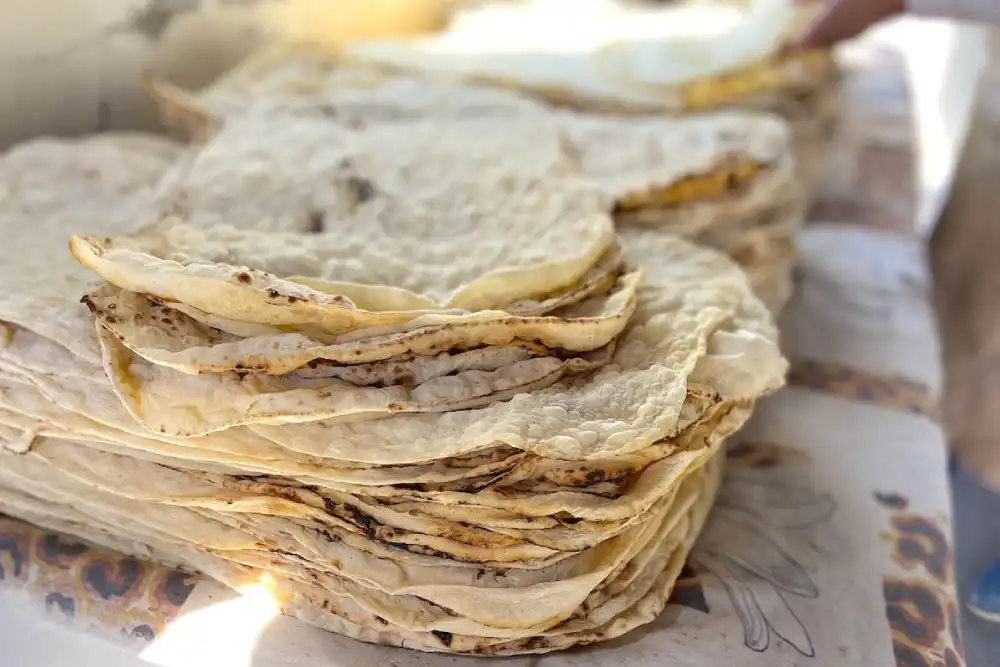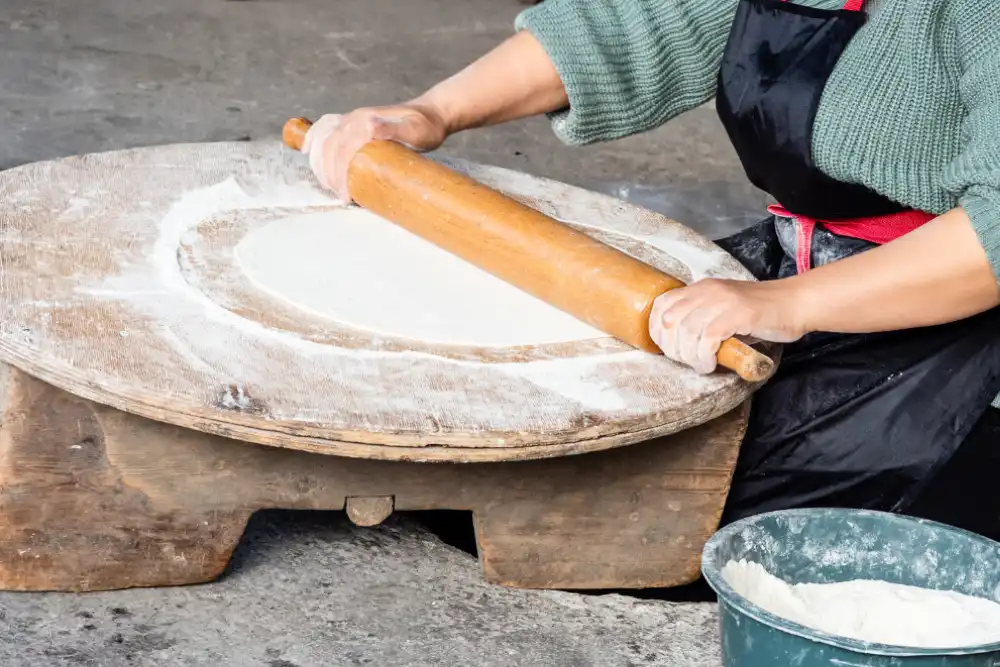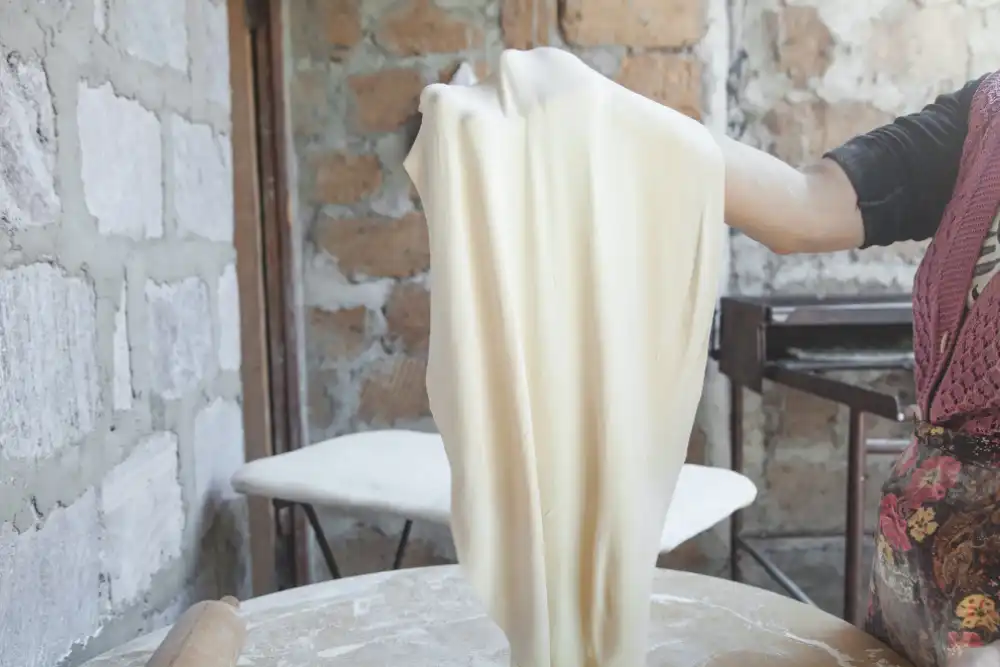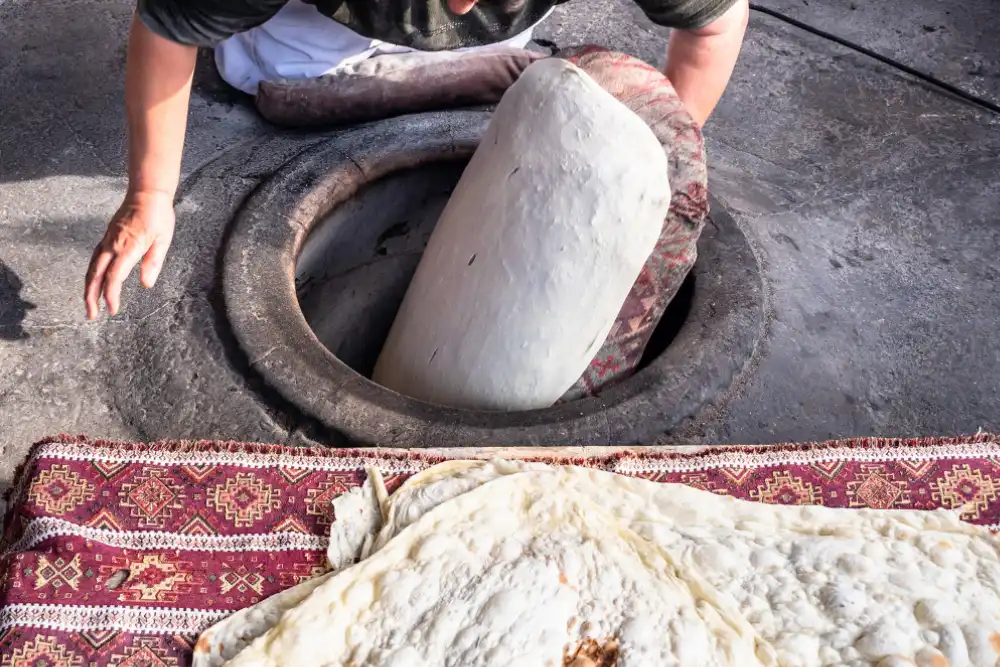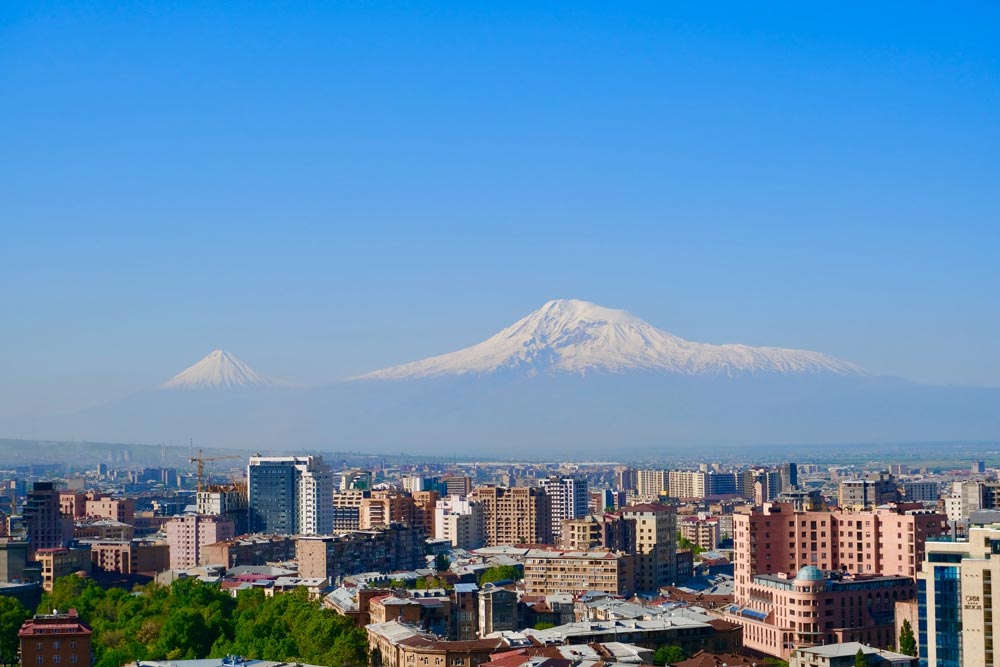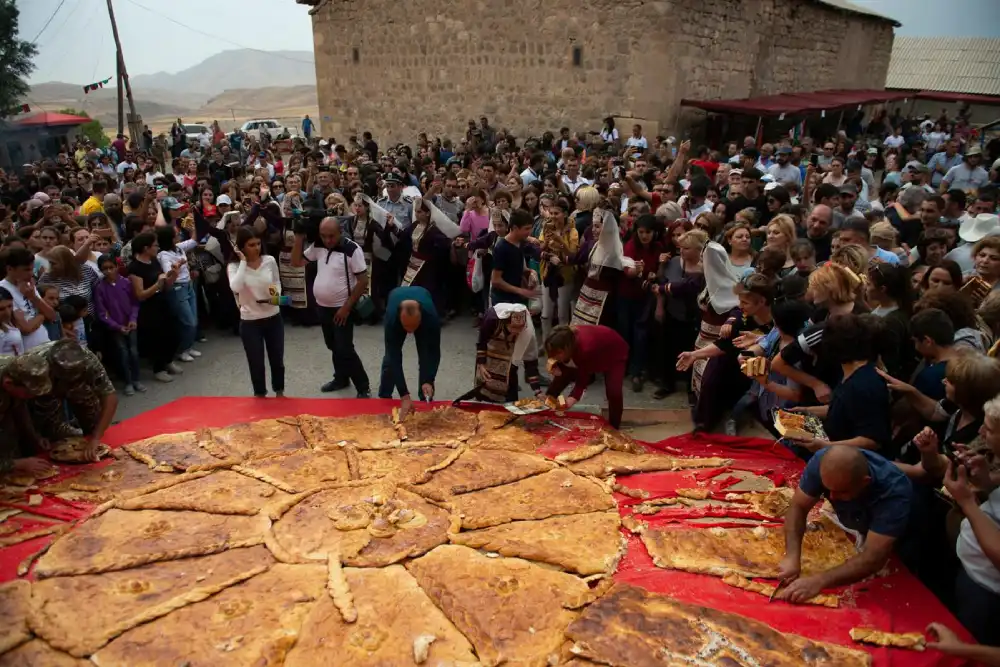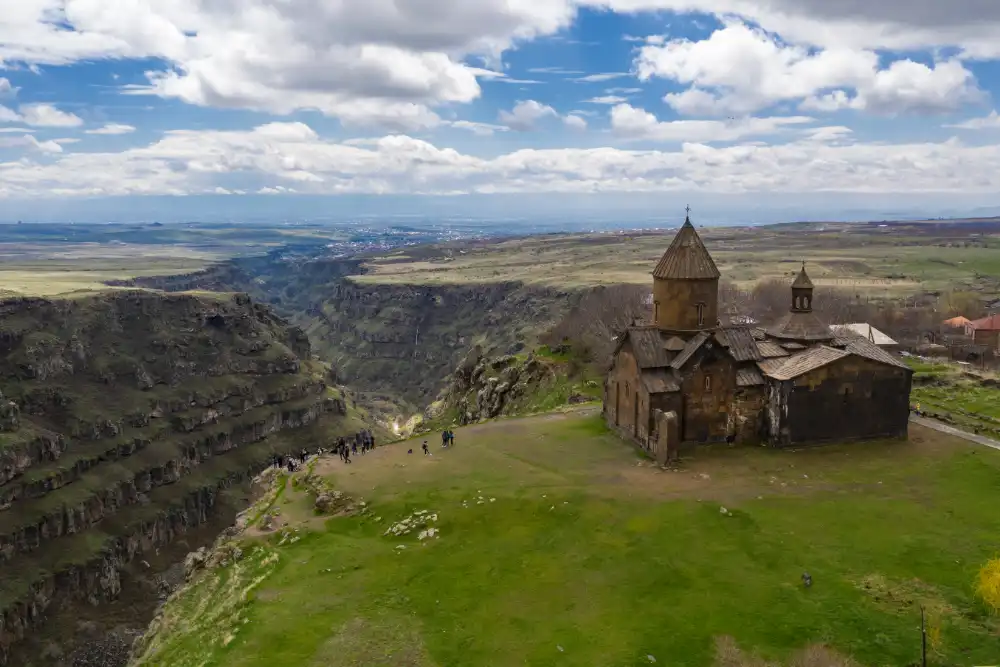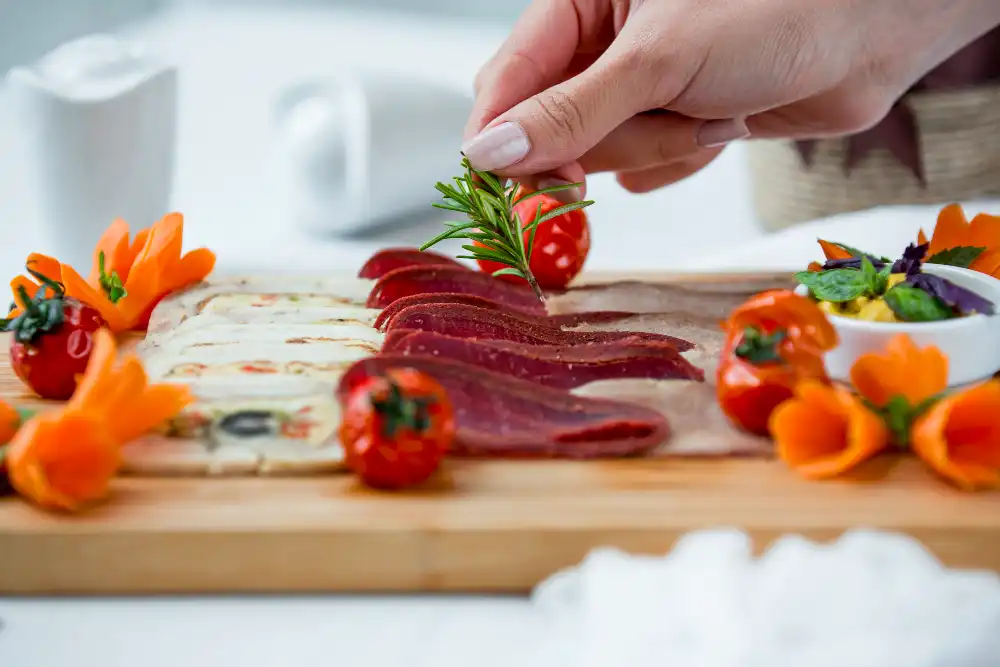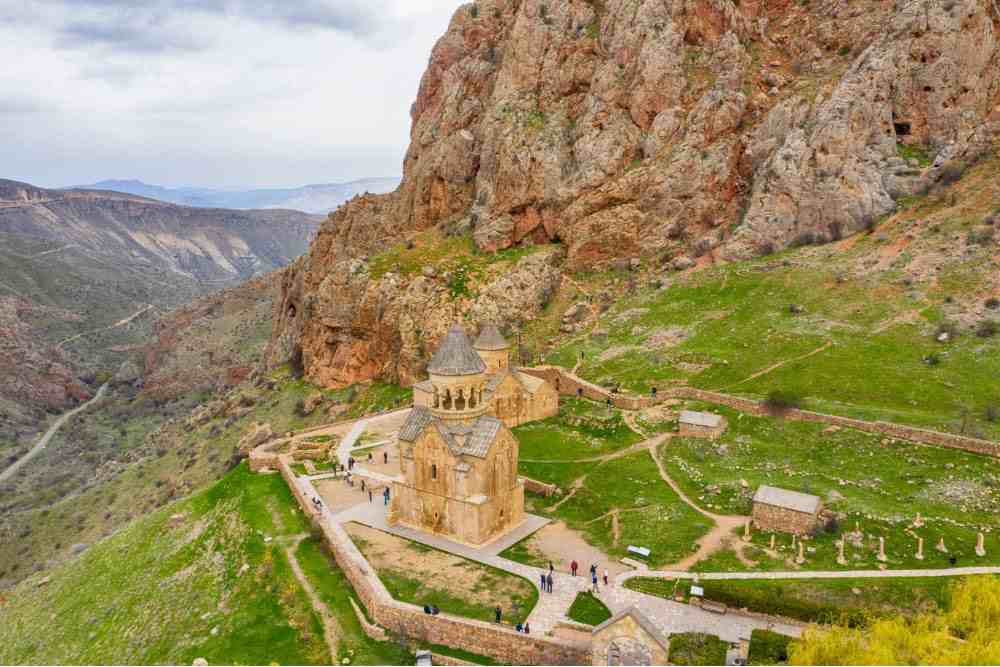Introduction: More Than Just Bread
If you were to ask any Armenian what food item absolutely must be present at every meal—whether it’s a simple breakfast or an elaborate family feast—the answer would be the same almost every time: lavash.
Lavash is not just a type of bread in Armenia. It is a symbol of life, heritage, and hospitality, and it carries with it stories of community, resilience, and pride. This thin, soft (sometimes crisp) flatbread has been a staple of Armenian kitchens for generations. And its cultural significance reaches far beyond its taste.
Lavash is served during weddings, religious holidays, and funerals. It’s used to wrap everything from fresh herbs and cheese to grilled meats and vegetables. It’s even part of ancient rituals and family traditions, where bread is seen as sacred. In fact, many Armenians will never throw away lavash—even the smallest crumbs are treated with respect.
Lavash: Recognized by UNESCO as Intangible Cultural Heritage
In 2014, Armenian lavash received global recognition when it was inscribed by UNESCO as part of the Intangible Cultural Heritage of Humanity. This wasn’t just a culinary win—it was a cultural milestone. The designation celebrated not only the bread itself, but the traditional knowledge, social practices, and community involvement tied to making lavash.
Traditionally, lavash is made by a group of women who knead the dough, roll it thin, and stretch it over a special padded board called a rabata. It is then slapped against the inner walls of a tonir—a cylindrical clay oven dug into the ground and heated with firewood. The entire process is rhythmic, almost like a dance, passed down from mothers to daughters for centuries.
Even today, in many Armenian villages, families still gather to bake large batches of lavash to store for the months ahead. The dried lavash is stacked high and stored in cool, dry rooms. When needed, it can be rehydrated with a sprinkle of water and wrapped in cloth, returning it to a pliable form.
Lavash in Everyday Life
Beyond its historical and cultural roots, lavash plays a central role in Armenian daily cuisine. It’s used in dozens of different ways—folded into wraps with cheese and herbs (jingalov hats style), served alongside stews and grilled meats, or used as a base for oven-baked dishes. In rural areas, farmers may eat nothing more than lavash, cheese, tomatoes, and herbs for lunch—and yet feel completely satisfied.
Lavash also plays an important role in religious and family rituals. At Armenian weddings, for example, pieces of lavash are placed on the shoulders of the bride and groom as a symbol of abundance and prosperity. During major holidays like Easter and Christmas, lavash is served as a symbol of unity and shared heritage.
Lavash Around the World
Although deeply tied to Armenian identity, lavash has found its way to other countries in the region, including Iran, Georgia, Turkey, and parts of Central Asia. Each variation has its own twist—thickness, ingredients, baking method—but the Armenian version remains unique in its connection to communal baking, tonir ovens, and its soft-yet-stretchy texture.
Thanks to the Armenian diaspora, lavash is now enjoyed in Armenian communities across the globe—from the United States to France, Lebanon, Russia, and beyond. In many places, Armenian bakeries continue the tradition, baking fresh lavash daily to bring a taste of home to families far from their roots.
Making Lavash at Home: Yes, You Can!
While traditional lavash is made in a tonir, which can reach temperatures of up to 400°C (750°F), you can still recreate this delicious flatbread at home using an oven, pizza stone, baking steel, or even a cast iron skillet. With just a few ingredients—flour, water, salt, and optionally yeast—you can make lavash from scratch and experience a small piece of Armenian tradition in your own kitchen.
In the next section, we’ll walk you through a step-by-step lavash recipe that’s been adapted for modern home kitchens. Whether you want to enjoy it fresh and soft or dry it for storage, this recipe is a great starting point for honoring one of Armenia’s most beloved culinary treasures.

